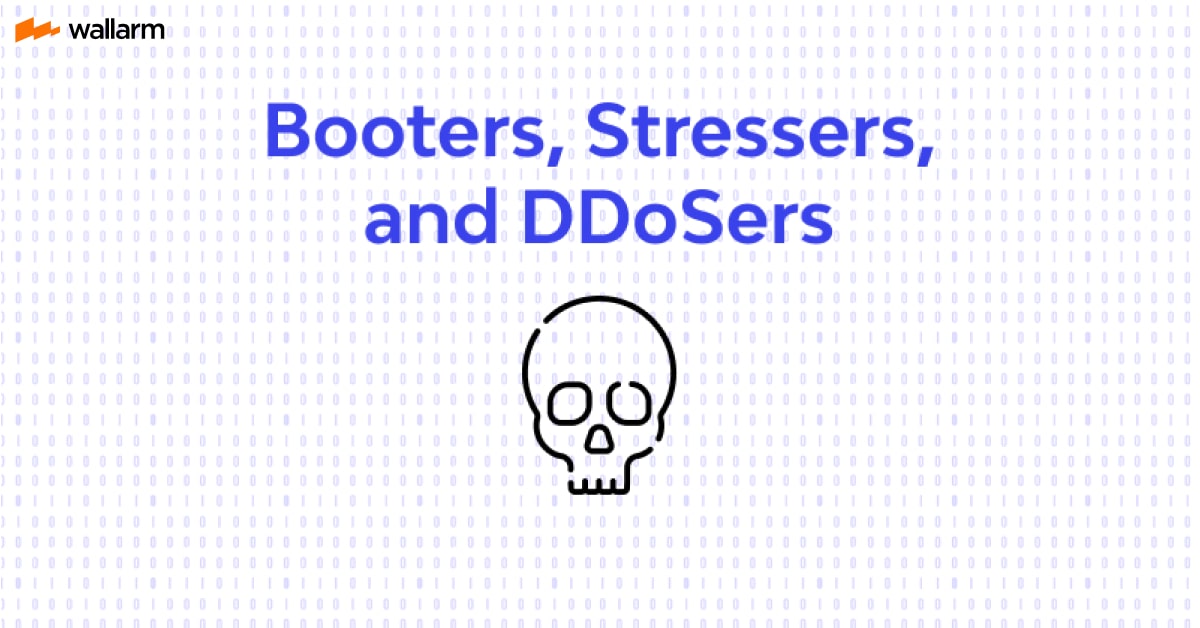What is Scareware Malware? Removal and Protection
The job of an AppSec security expert is tough because of various seen and unseen threats. Your AppSec approach isn’t complete if you’re not knowing about scareware attacks and their prevention. Persons responsible for cybersecurity and API security have to remain diligent about this attack as it is a potential threat if not handled carefully. The blog is all about it.

Definition of Scareware
The simplest Scareware definition explains this as a harm-causing cyber threat that involves fear-mongering into the target so that they are bound to download corrupted malware. For instance, a cyber-attacker will tell you that your system is at high risk as you’re not using anti-virus software. Fears are losing crucial data, corrupting systems, and even leaking critical data will be infested within the target.
As fear and fooling around tactics are used to carry out a Scareware attack, it’s placed under the social engineering attacks. Paying attention to such attacks is compulsory because their consequence is huge. It could provoke issues like data theft, spying on targets, financial fraud, and so on.
Scareware in action
When the modus operandi of Scareware is concerned, the Scareware popup has the highest significance as it’s what makes malware installation possible. It all starts with a display of random pop-ups. These pop-ups could be ads, notifications, warning messages, gift coupons, and a message.
These pop-ups imitate the logo and text of already-established software/tools to win the confidence of the target. Once that is done and the target clicks on the pop-up. A bogus or virus-infected malware will be presented to the victim. Usually, it displays as a pop-up on the victim’s screen.
Hackers will present this malware as a potential solution to fix the existing issues, which are not even real. When the target downloads or installed the malware, hackers are successful.
Depending upon the mechanism of the malware, one can experience data theft, keyboard cloning, screen mirroring, software corruption, and many more hassles.

Examples of Scareware
The customary example of this attack is the constant and nosy pop-up about a software/tool you’re receiving constantly. The Scareware popup is designed to scare the target and tempt him/her to install the malware.
Let’s tell you of 2 more examples:
- Using an email. If you’ve received emails with headings like Urgent, Top Secret, Serious, and other terms that are creating a sense of havoc and fear in the receiver then it’s 100% an attack strategy involving a Scareware.
- Often carried out via calls. Scareware malware is used where the hacker will act as tech support of legitimate software and will try to fetch crucial information. The hacker will tell you that not providing this information will lead to loss of service or other benefits.
Detecting scareware
To minimize the impact of a Scareware attack, which could be very devastating, early detection plays a crucial role. Hence, one must be aware of some viable tactics that are useful for spotting such attacks in action. Here are what works mostly:
- Fishy Pop-ups
Your system is under the threat of a Scareware when you’re seeing too many pop-up messages/content on the screen. Any safe and authorized software. Installed on the system, will not send such frequent pop-ups. Also, a pop-up message, delivered via malware, is certainly a bit different. For instance, it will keep floating, again and again, the text won’t be very clear, and the colors will be a bit faded. From its looks itself, the pop-up message doesn’t seem genuine. One can easily make out that it’s fake.
- Fear-inciting Messages
If you get constant fear-infesting notifications or messages like your system is under attack, download the anti-virus now to protect your device, your data is leaked, and so on, understand that a hacker is planning a Scareware attack on you. The scarier would be the notification, higher are the possibilities of succeeding in the attack. Legitimate software doesn’t advertise like that.
- Blocked Access to Old files
When you’re facing trouble accessing your previously saved system files to the browser then it’s mostly because of malware that is blocking the pathway.
- Fake System Update Suggestions
Stay after constant update requests from software as its traps to lure you into a Scareware attack. If you want to check available software update details, go to Setting > App > Updates.
- Degradation in Performance
The presence of malware on a system will cause certain obvious operational faults like slow computer performance, excessive battery drainage, frequent unresponsiveness, screen blur, and so on. It’s because of the excessive burden that the device is facing because of the presence of malware.
If you’re experiencing certain altered settings like brightness change, change in desktop layout, shuffling of files and folders, and many more then it’s an evident sign of a Scareware attack. Certain malware is designed to change default settings so that the hacker has easy access to the targeted system.
Safe removal of scary software
Once you’re sure that your device is infected with Scareware, your first step should be to maintain your calm and act sensibly. Scareware removal comes the next. Here are a few actions to take once the presence of a scary pop-up has been confirmed on your device:
- Turn off your computers immediately. As long as you're using your computer, your data and details are under attack.
- If you need to use your system anyhow, try to use it without any internet connection. It’s the internet connectivity that is keeping the malware and the hacker linked. So, destroy that link to minimize the damage.
- Take your infected system to an IT expert. As a novice, you won’t be able to find the severity of the attack. Hence, it’s better to take professional help.
Tips for preventing Scareware
Prevention is better than cure. This is why one must be aware of very basic Scareware prevention techniques that any novice can use.
- Don’t fall into the trap of the fear that the hacker is trying to built-up inside you. Keep in mind that any legitimate software/ tool doesn’t foster fear. Instead, it spreads awareness and provides a solution. So, avoid paying attention to messages that have a mention of data at risk, your system is under attack, your data is being stolen, and so on.
- You need to avoid pop-ups on your browser. Gladly, it’s not a tough task. Almost every browser comes with an in-built pop-up blocker that you can find under the browser Setting section. Just enable it and avoid pop-ups causing trouble.
- Make sure that auto system downloads are allowed on your device. Enable in-person permission for every software download. If you’ve enabled auto-download, the chance of a malware download, without your knowledge is high.
- You must learn the art and science of enhancing system security. There are various tools offered like an ad blocker, WAF, and URL filters. Diligent use of these system tools will help one to improve system security and prevent Scareware attacks.
- Updated systems and browsers play a very important role in reducing the Scareware attack possibilities. Actually, every update has better security patches and bug fixing abilities. So, when you’re using an updated version of the browser and the OS, you enjoy enhanced protection.
No matter how skilled a hacker seems, it can’t win against aware and informed internet users. So, use the above tips and tricks that are useful to mitigate Scareware malware attacks. These simple tips pay off well in the long run.
FAQ
References
Subscribe for the latest news

















